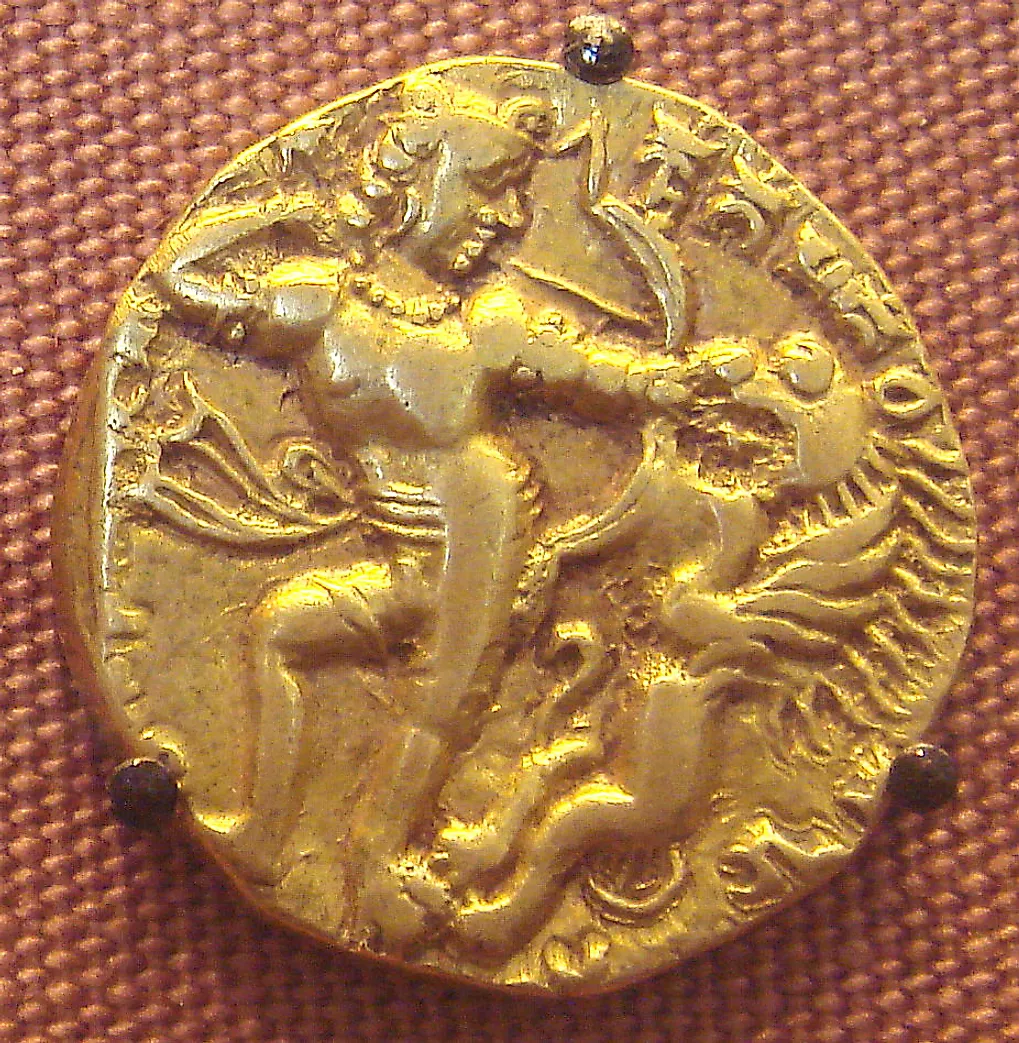The Golden Age Of India

The Golden Age in India was a period of escalated innovation and advancement in social, cultural, economic, political, religious and educational aspects. The reign of the Gupta Empire started from the 4th century and ended in the 6th century. It was during this period that peace prevailed in the region, which is a vital component of most institutional development in a country. Gupta had the strongest military, stable governance, and powerful rulers. The leaders used both aggressive force and marriage alliances to build and expand the empire. However, with subsequent leadership involving in internal disputes and other external factors lead to the collapse of the dynasty. The capital of the Empire was Pataliputra.
The Gupta Rulers
Prominent rulers of the Gupta Dynasty and their contributions and achievements in ushering in the Golden Age are:
Maharaja Sri Gupta (204 -280 CE)
He was the founder of the Gupta Dynasty, being a Hindu he planned the building of a temple strategically to collect revenues from the Buddhist pilgrims, which led to the economic growth of the Empire.
Maharaja Sri Ghatotkacha (280–319 CE)
He engaged in alliances with powerful families in the region through cross-cultural marriage like marriage to a Licchhavi princess. Through such alliances, he contributed to the political development of the Gupta Dynasty. His pursuit to enlarge the administrative region was enhanced by his son and heir Samudraupta
Samudraupta (335-380CE)
He was a man of great ability, a fighter, and a statesman. He conquered the immediate neighbors with his well-trained armed forces, therefore exerting control over the Indian Subcontinent. He possessed a powerful navy. He gained control of the primary source of income in the region, which gave him control of the North Indian trade, and the Ganges river basin. It is during his period of influence that the Golden Age of India expanded. Like his father, he enhanced the dynasty by allowing his son to marry a Naga princess, and at the same time his daughter was married to a Vatika king. By this, they were venturing into control of strategic geographical locations. He is mainly known for the art of coinage. He also tolerated other religions, unlike his predecessors. He was succeeded by his son Ramagupta, who was killed by Chandragupta II.
Chandragupta II (380–413/415 CE)
During his rule, the Gupta Dynasty reached its peak. He achieved his success by marital alliances and antagonistic policies by which he assassinated the enemy rulers when he went veiled as a queen. The large numbers of silver produced during his reign and the iron pillar of Delhi is a mark of his significant accomplishments.
The Fall Of The Gupta Dynasty
After Chandragupta II, Gupta dynasty started going down. The economic, religion and political stability threatened by invaders from different faiths, such as Christians and Buddhists, external factors such as economic competition and internal rebellion, civil Wars, and the financial drain coupled with the weak leadership made Gupta dynasty weakened. Stability was compromised by all these factors leading to the final fall of the dynasty. However, some of the artistic of the Gupta dynasties still exist in India to date and act as tourist attraction sites.
The Golden Age Of India
| Rank | Ruler | Period of Rule |
|---|---|---|
| 1 | Sri Gupta | (240–280 CE) |
| 2 | Ghatotkacha | (280–319 CE) |
| 3 | Chandragupta I | (320–335 CE) |
| 4 | Samudragupta | (335–380 CE) |
| 5 | Ramagupta | Data Not Available |
| 6 | Chandragupta II | (380–413/415 CE) |
| 7 | Kumaragupta I | (415–455 CE) |
| 8 | Skandagupta | (455–467 CE) |
| 9 | Purugupta | (467–473 CE) |
| 10 | Kumaragupta II | (473–476 CE) |
| 11 | Budhagupta | (476–495 CE) |
| 12 | Narasimhagupta | Data Not Available |
| 13 | Kumaragupta III | Data Not Available |
| 14 | Vishnugupta | (540–550 CE) |
| 15 | Vainyagupta | Data Not Available |
| 16 | Bhanugupta | Data Not Available |











